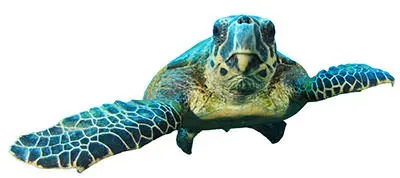 Sea turtles are air-breathing reptiles suited to life in the sea. They spend their entire lives at sea, except when adult females come ashore to lay eggs several times per season, every 2 to 5 years. Male turtles spend their entire lives in the ocean. Sea turtles are one of the most ancient creatures on earth. They have been around for 110 million years, even surviving the dinosaurs when they became extinct 65 million years ago.
Sea turtles are air-breathing reptiles suited to life in the sea. They spend their entire lives at sea, except when adult females come ashore to lay eggs several times per season, every 2 to 5 years. Male turtles spend their entire lives in the ocean. Sea turtles are one of the most ancient creatures on earth. They have been around for 110 million years, even surviving the dinosaurs when they became extinct 65 million years ago.
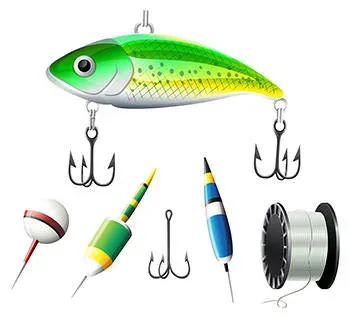 The physical difference between a sea turtle and other turtles is that sea turtles' legs and arms cannot retract back into their shells. Sea turtles range in color between yellow, green and black, depending on the species. There are seven species of sea turtles- the leatherback sea turtle, green sea turtle, loggerhead sea turtle, Kemp's ridley sea turtle, hawksbill sea turtle, flatback sea turtle, and olive ridley sea turtle. Four of these species are "endangered,"" or ""critically endangered,"" and another two species are classified as ""vulnerable."" Threats to the lives of sea turtles are caused by the encroachment of coastal development on their nesting beaches, encounters with pollutants and marine debris, accidental drowning in fishing gear, accidental capture, and international trade in turtle meat and products."
The physical difference between a sea turtle and other turtles is that sea turtles' legs and arms cannot retract back into their shells. Sea turtles range in color between yellow, green and black, depending on the species. There are seven species of sea turtles- the leatherback sea turtle, green sea turtle, loggerhead sea turtle, Kemp's ridley sea turtle, hawksbill sea turtle, flatback sea turtle, and olive ridley sea turtle. Four of these species are "endangered,"" or ""critically endangered,"" and another two species are classified as ""vulnerable."" Threats to the lives of sea turtles are caused by the encroachment of coastal development on their nesting beaches, encounters with pollutants and marine debris, accidental drowning in fishing gear, accidental capture, and international trade in turtle meat and products."
 The leatherback is the only sea turtle that does not have a hard shell. In place of a shell is a mosaic of bony plates underneath its leathery skin. It is the largest sea turtle, measuring 6 to 9 feet in length and 3 to 5 feet in width. The leatherback can weigh up to an astounding 1,500 pounds while other, smaller species weigh between 80ï¾–100 pounds and are usually 2 to 4 feet long and proportionally narrower.
The leatherback is the only sea turtle that does not have a hard shell. In place of a shell is a mosaic of bony plates underneath its leathery skin. It is the largest sea turtle, measuring 6 to 9 feet in length and 3 to 5 feet in width. The leatherback can weigh up to an astounding 1,500 pounds while other, smaller species weigh between 80ï¾–100 pounds and are usually 2 to 4 feet long and proportionally narrower.
 It is difficult to find population numbers for sea turtles as male and young turtles do not return to the shore once they hatch and reach the ocean. Because of this, it is also hard to track the behaviors of sea turtles, but there are some facts that we do know, by observing hatchlings and females that leave the water to lay eggs.
It is difficult to find population numbers for sea turtles as male and young turtles do not return to the shore once they hatch and reach the ocean. Because of this, it is also hard to track the behaviors of sea turtles, but there are some facts that we do know, by observing hatchlings and females that leave the water to lay eggs.
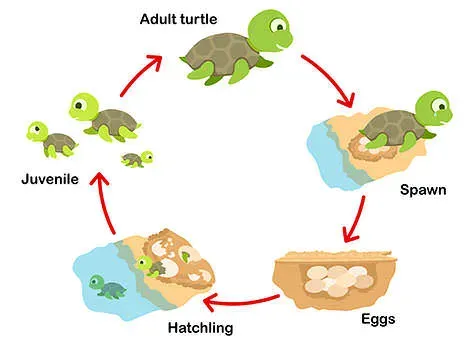 Like salmon, sea turtles will return to the same nesting grounds where they were born. When females come to shore, they dig out a nest in the ground with their back flippers, bury their 70-190 eggs, camouflage the nest site, and return to the ocean. Interestingly, the temperature of the nest determines the sex of the turtles. Warmer temperatures produce more females, whereas cooler temperatures produce more males. After incubating for around 60 days, the eggs finally hatch (hatchlings range from 1.5 to 3 inches). Upon hatching, the young turtles can take up to a week to dig themselves out of their nest. Then, these tiny baby turtles come out of their nest at night as a group, move toward the ocean, and stay there until it is time to mate (although sadly, few survive to adulthood). Mating season happens between March and October, depending on the species.
Like salmon, sea turtles will return to the same nesting grounds where they were born. When females come to shore, they dig out a nest in the ground with their back flippers, bury their 70-190 eggs, camouflage the nest site, and return to the ocean. Interestingly, the temperature of the nest determines the sex of the turtles. Warmer temperatures produce more females, whereas cooler temperatures produce more males. After incubating for around 60 days, the eggs finally hatch (hatchlings range from 1.5 to 3 inches). Upon hatching, the young turtles can take up to a week to dig themselves out of their nest. Then, these tiny baby turtles come out of their nest at night as a group, move toward the ocean, and stay there until it is time to mate (although sadly, few survive to adulthood). Mating season happens between March and October, depending on the species.
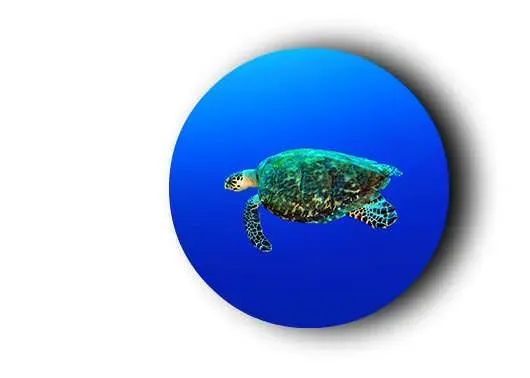 Green sea turtles have the ability to stay under water for up to five hours. Their heart rate slows down to conserve oxygen. As much as nine minutes can pass between each one of their heartbeats. Their feeding dives average five minutes or less. Although sea turtles can remain submerged for hours at a time while resting or sleeping, they typically surface several times each hour to breathe.
Green sea turtles have the ability to stay under water for up to five hours. Their heart rate slows down to conserve oxygen. As much as nine minutes can pass between each one of their heartbeats. Their feeding dives average five minutes or less. Although sea turtles can remain submerged for hours at a time while resting or sleeping, they typically surface several times each hour to breathe.
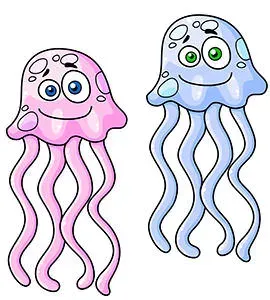 A sea turtle's diet depends on which species it is, but some examples of their food are seaweed, shrimp, jellyfish, shrimp, algae, crabs, mollusks, sponges, and snails. Turtles do not have teeth, but do have powerful jaws to crush, bite, and tear their food.
A sea turtle's diet depends on which species it is, but some examples of their food are seaweed, shrimp, jellyfish, shrimp, algae, crabs, mollusks, sponges, and snails. Turtles do not have teeth, but do have powerful jaws to crush, bite, and tear their food.
 Sea turtles are found in all warm waters throughout the world. Most sea turtles undergo long migrations, some as far as 1400 miles, between their feeding grounds and the beaches where they nest.
Sea turtles are found in all warm waters throughout the world. Most sea turtles undergo long migrations, some as far as 1400 miles, between their feeding grounds and the beaches where they nest.